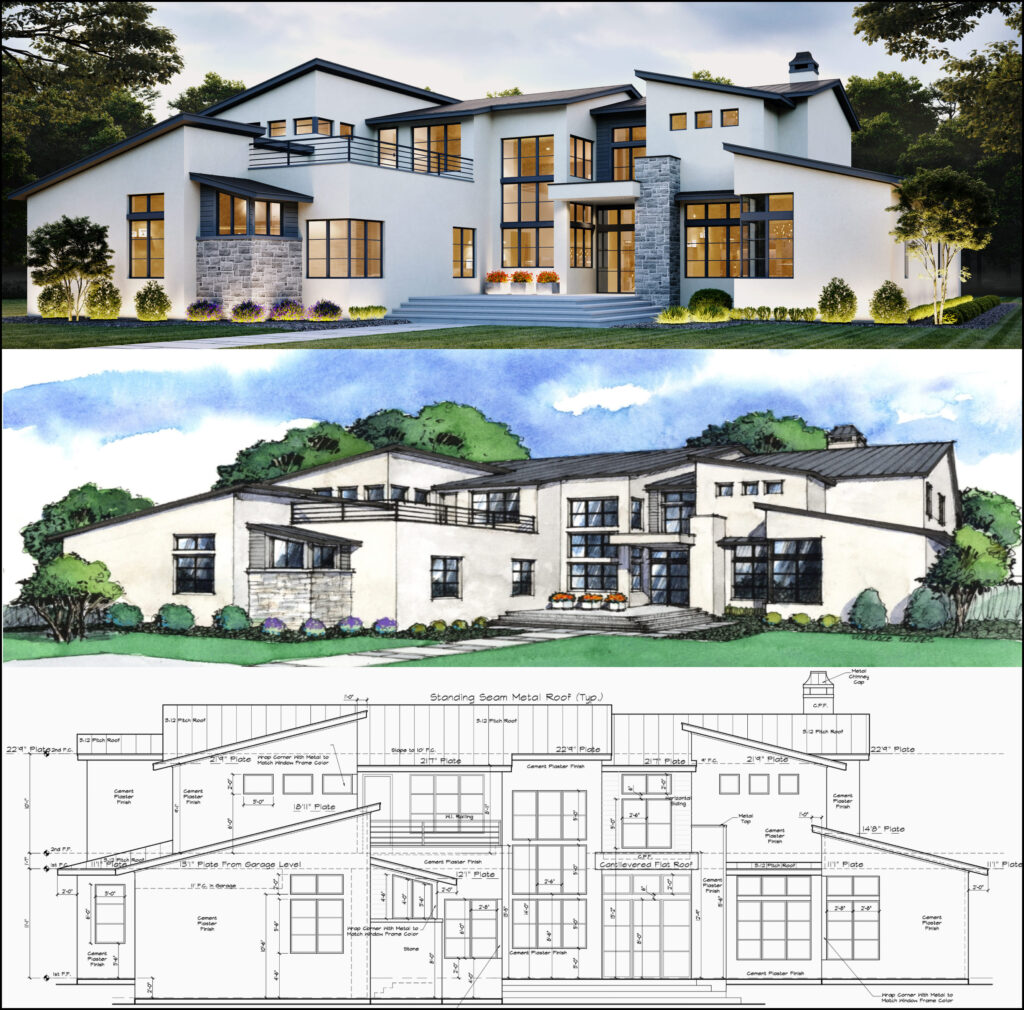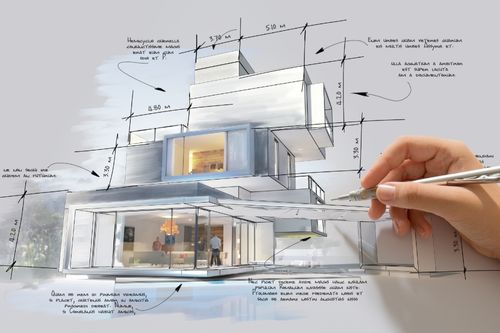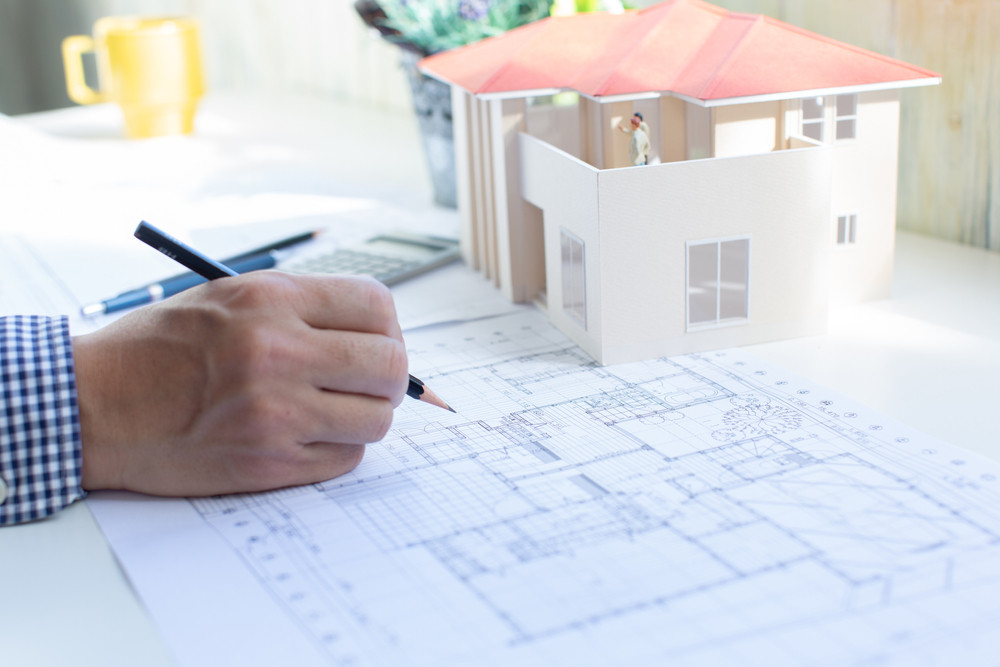The Vital Role of a Designer in Forming Sustainable Urban Environments for Future Generations
The role of an architect in crafting sustainable urban environments is increasingly essential in reacting to the obstacles of environment modification and urbanization. By effortlessly integrating environmental principles into their layouts, engineers not just boost the visual and practical quality of metropolitan rooms however likewise address pressing concerns such as power efficiency and social equity. Their expertise in cutting-edge products and area involvement shapes growths that resonate with neighborhood worths and aspirations. As we explore the intricacies of this area even more, it ends up being apparent that the future of urban living might hinge on the actual methods designers employ today.
Comprehending Lasting Urban Style
Lasting metropolitan layout integrates environmental concepts with city planning to produce environments that are not only habitable yet also durable. This approach highlights the value of including natural systems into the city fabric, guaranteeing that advancement fulfills the requirements of the here and now without jeopardizing the capability of future generations to fulfill their own needs. Crucial element of lasting city layout include effective land usage, the promo of biodiversity, and the assimilation of environment-friendly areas, every one of which add to boosted lifestyle for locals.
Furthermore, lasting city design prioritizes the reduction of the metropolitan warm island result, boosted air quality, and effective stormwater management. It encourages the use of renewable energies and energy-efficient building methods, which substantially reduced carbon impacts. Sustainable metropolitan style fosters social equity by creating accessible public rooms and promoting mixed-use developments that cater to diverse populaces.
Via thoughtful planning and innovative design strategies, lasting city environments can boost neighborhood durability against environment modification while fostering financial advancement. This holistic strategy not just addresses immediate city difficulties but also lays the foundation for healthier, more lasting cities for generations to come.
Key Obligations of Engineers
Designers play a critical duty in shaping sustainable urban settings by translating layout principles right into concrete frameworks and areas. Their responsibilities include a broad array of activities that add to the general success of city style tasks.
Primarily, architects conduct extensive website analyses to comprehend the environmental, social, and cultural context of their jobs. This fundamental understanding educates their design decisions, ensuring that structures integrate with their surroundings. They likewise involve in collaborative procedures with stakeholders, including city coordinators, designers, and the area, fostering a comprehensive approach to metropolitan growth.
Additionally, designers are charged with developing designs that enhance power performance, source conservation, and functionality. They must follow local zoning legislations, constructing codes, and sustainability certifications, making sure compliance while pressing the limits of technology.

Innovative Products and Techniques
In the quest of ecologically responsible layout, ingenious products and methods have become critical aspects in the creation of lasting city atmospheres. Architects are significantly using materials that lessen ecological impact while boosting energy performance. Recycled materials, such as reclaimed timber and repurposed metals, not just reduce waste yet additionally add one-of-a-kind aesthetic top qualities to structures.
Additionally, innovations in technology have caused the growth of high-performance materials, such as insulated concrete types (ICFs) and photovoltaic or pv glass, which contribute to energy conservation and harness renewable resource. Strategies such as passive solar style and eco-friendly roof coverings further exemplify how design can balance with all-natural systems, lowering reliance on fabricated home heating and air conditioning.
In addition, the integration of linked here wise materials, which adapt to environmental adjustments, supplies promising opportunities for boosting building efficiency - cda architects. These materials can reply to temperature level variations or dampness degrees, maximizing convenience and sustainability
Inevitably, the critical option and application of cutting-edge products and strategies encourage engineers to produce metropolitan areas that are not only functional and aesthetically pleasing but also resistant and eco accountable, making sure a sustainable future for generations to find.
Community Interaction and Cooperation
The success of cutting-edge materials and strategies in lasting city design is considerably improved by active community involvement and partnership. Architects must identify that the developed atmosphere profoundly influences the lives of regional residents, making it vital to involve them in the design process. Engaging the area promotes a sense of possession and accountability, ensuring that growths not only fulfill aesthetic and functional requirements however also show the values and ambitions of those who occupy them.

Effective neighborhood interaction additionally aids in focusing on social equity within city growth. By taking into consideration the voices of marginalized populaces, engineers can develop rooms that are comprehensive and fair. By doing this, neighborhood interaction and partnership end up being important to accomplishing genuinely sustainable urban environments that offer the demands of existing and future generations.
Future Patterns in Sustainable Architecture

Furthermore, advancements in innovation are forming future patterns in lasting architecture. The combination of smart materials and structure systems permits real-time power management, improving performance and minimizing carbon impacts. Innovations such as eco-friendly roof coverings, living walls, and energy-generating exteriors are coming to be common techniques, even more advertising eco-friendly balance within metropolitan settings.
In addition, a change in the direction of biophilic design is obtaining grip, highlighting the connection between nature and human health. By integrating natural environments, architects develop rooms that cultivate psychological link wellness while promoting biodiversity.
Final Thought
Finally, designers are essential beforehand sustainable metropolitan environments via their know-how in style, innovative products, and community involvement. By prioritizing power efficiency and source conservation, these specialists add to the development of resilient urban rooms that fulfill the needs of present and future generations - cda architects. The assimilation of eco-friendly concepts not only enhances livability yet also cultivates social equity, ensuring growths resonate with the worths and aspirations of the areas they serve
Comments on “Changing Rooms: The Vision of CDA Architects for Modern Living”